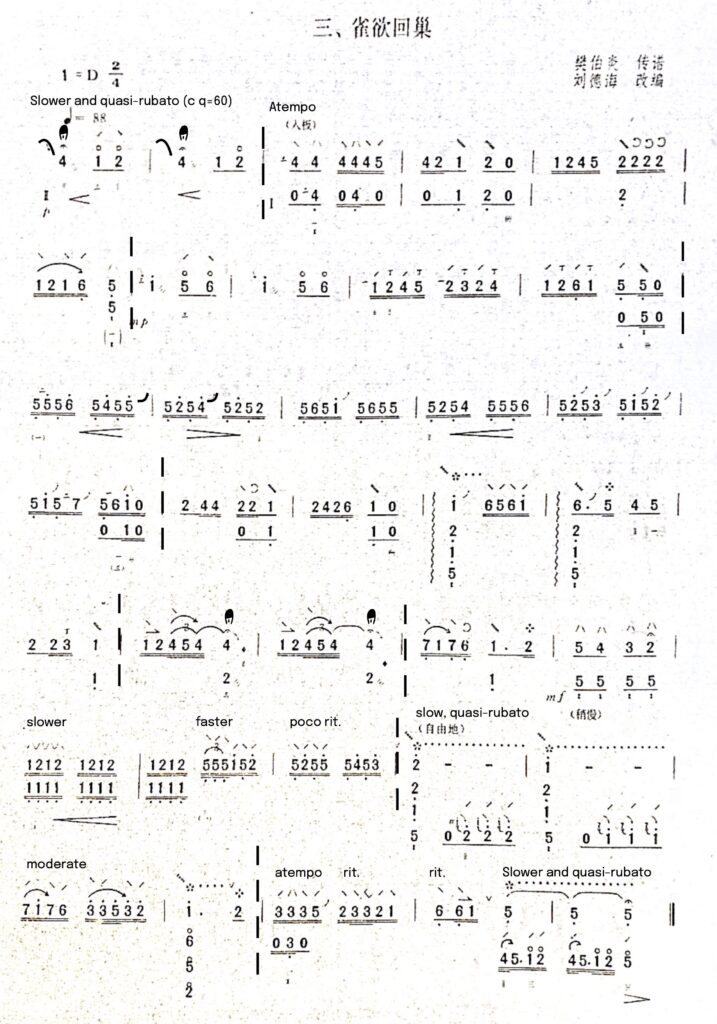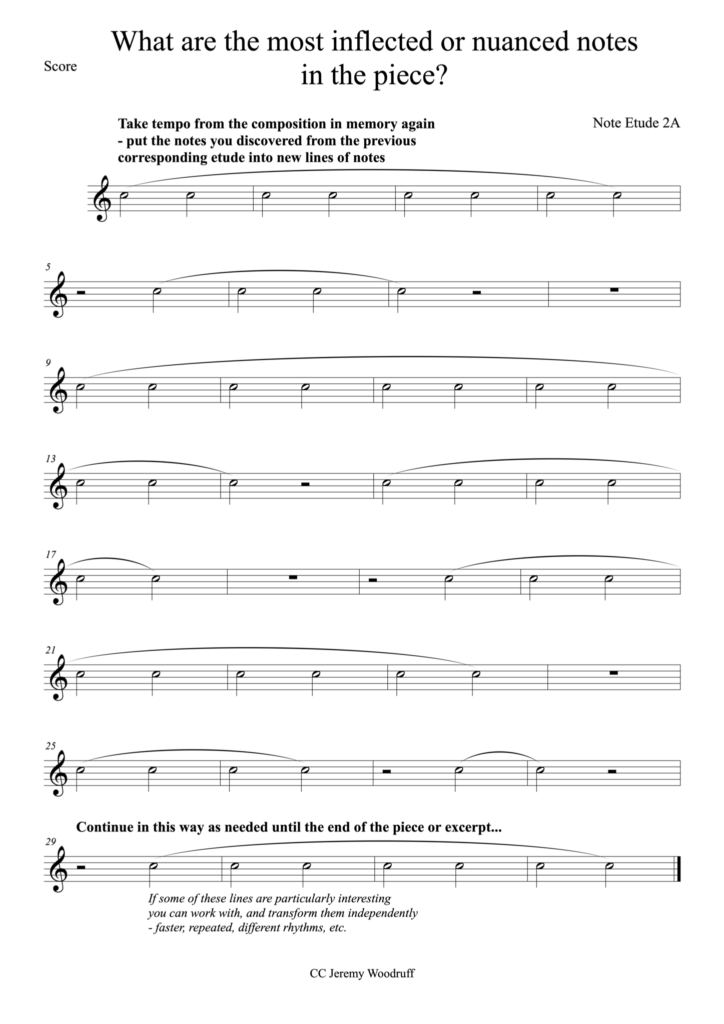More detailed, specific guidelines with their resultant protocols will be included in the forthcoming manuscript Cross-Listening Studies: Social Tonality which is currently under preparation, but an outline of the approach is as follows:
I. Identifying metaphors that define how we hear basic elements of musical sound:
– Note metaphors
– Time metaphors
– Affective metaphors
etc.
Changing our way of listening also physically changes that to which we listen. We listen to each member of the group in a new attentive way following these metaphors. We question the basis of why sounds are presumed to be a certain nationality, ethnicity, gender, ideology, in our own habits of listening. Another way of listening is possible based on empathy and reevaluating one’s own music theoretical, geographical, and disciplinary assumptions. And by thinking of each way of listening as different sound art forms. Cross-listening etudes are used.
II. Analysis – Listening again carefully to musicians with sonic analysis of the distinctive features of the playing:
what are the characteristic soundmarks, difficult for others to reproduce, which result from physiologically inculcated skills that are part of the discipline of a certain kind of music?
III. Using all of the above with an intrinsic form of notation, new fitting graphical representation or detailed transcription:



Etc.
IV. “Note” etudes for focusing on smallest idiomatic units and for deconstructing the resultant formal logic that implies how they are able to combine – one example:

V. Combining all of the new ways of playing, moving and hearing: when we cross-listen to the sounds as purposed otherwise and originating elsewhere, how can they be reimagined?
The group begins to play and have fun with different member’s practices, and various note-behaviors, including making absurd exaggerations and juxtapositions, or ways of interacting. As functional concepts or newly invented “modes” within the group’s own compositional / improvisational / personal / methods, they create new works based on these experiments. They invent their own categories of melodic/interpretive behavior-types and make group works that flow from them. They radically reinterpret the familiar works of various members. Or they create entirely new musical vocabularies which develop certain imagined relations as the basis for trans-transcriptions, improvisations and compositions. The metaphors develop new personal meanings inside the group as an invented culture, drawn from both the general musical field and from the players personal experiences.
